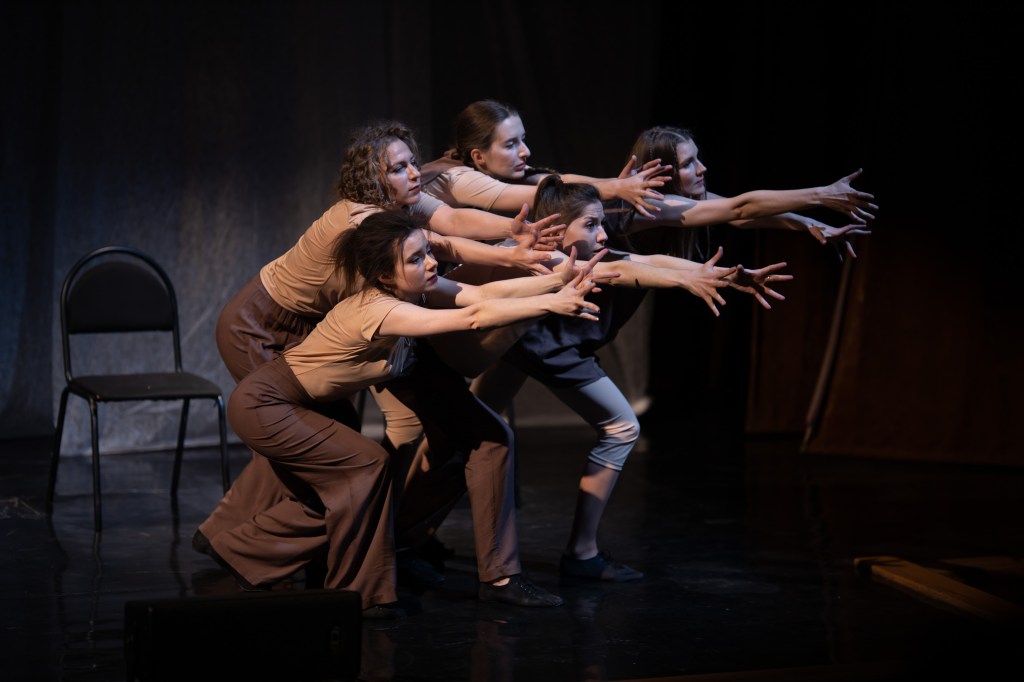The consultation period for Labor’s National Cultural Policy concluded a few weeks ago. After nine years of stumm from the Coalition there is now heated debate about what kind of cultural plan Australia needs, or wants, or should have etc.
Arts and culture are unlike other policy domains, partly because they are so diverse, partly because when people speak about them their eyes light up like they’ve been plugged into three-phase power. ‘Strong emotions’ doesn’t come close to describing what we show when communicating our peak cultural experiences.
Here’s the rub. We talk about how certain books, films, paintings, and music ‘changed our lives’, but the policies governing their provision often deliver what Guy Rundle calls ‘a pompous elitism that can be easily co-opted in the discourse of capitalism‘.
Is it because cultural policy is impossible to make or because we are crap at making it? Let me take on Rundle’s case for a ‘minimal conception of cultural policy’. True, I’m from the ‘Culture Production Elite Section of the Knowledge Class’. I even have a badge with that name printed on it, in lilac, a particularly elite colour.
But flipping between numbed obedience and cacophonous dispute is not a productive policy approach, even for a sector that has learned to keep its expectations of government low. As Oscar Wilde never said, ‘if there’s one thing worse than having a National Cultural Policy….’ Let’s suppose we can make one, if not well, then better than we have. How do we actually do it?
Crafting culture… and cultural policy
First, Rundle’s suggestion that there is ‘no ultimate principle’ to guide our policy choices is misleading.
Culture isn’t an abstract phenomenon. It is embodied in human communities, traditions and practices. As these evolve, the know-how to evaluate them also develops. Our judgements are contestable but not arbitrary, because culture has an objectively skilled dimension to it.
In my own art form, theatre, plays are either crafted well or less well, deliver their meaning effectively or less effectively, lose relevance over time or gain it etc. Give me any play – Rundle’s excellent You’re Dreaming, for example – and I can show you how it draws on, and contributes to, a given dramatic tradition and social sensibility.
My reasons won’t be inviolable, but they will furnish what Aristotle called ‘probable truth’. We can then discuss support for culture in ways that apportions different value to different parts of it. If we abandon cultural policymaking, it’s a choice, not an inevitability dictated by the nature of the domain.
Second, between the lofty rhetoric of national cultural aspiration and the do-nothing-ism that is the preferred option of both political extremes (a rare point of their agreement) is the pumping heart of cultural policy: cultural programs.
These range from the broad-based and ongoing (multi-year funding) to the targeted and time-limited (many COVID measures). Cultural programs need cultural policy to frame them, but the rationale for the latter depends on the quality and imagination of the former.

We can judge Labor’s new National Cultural Policy (NCP) by its enhancing of existing programs and its support for new ones. We can look for a mix of short, medium and long-term goals, and while not every program needs deep pockets, their scope should be proportionate to their level of investment.
There’s a check list I keep in my head of the features the next NCP must have if it is to be worth the trouble of drafting. These include: making the Australia Council fit for purpose, alleviating the lifeboat politics of arts funding (i.e. improving the percentage rate of grant success), having a feasible support plan for our major cultural institutions, and achieving better alignment between federal and state cultural agencies.
Since I’m often cast as a sceptic of ‘data’, let me say that any NCP that does not restore the Australian Bureau of Statistics’ cultural and creative activity satellite accounts will be compromised from the start.
All these changes require either government money or bipartisan support. Two things often in short supply. There is one cost-neutral change, however, that may be the most important: governance reform.
The ‘who’ of governance
The demise of Circus Oz at the hand of its own board last year brought public attention to the governance issues facing the Australian cultural sector. Key to them all is the question of the representation of cultural practitioners on management boards. In my book, Australian Theatre After the New Wave (2017), I start the story in the 1970s, when Australian governments were determined to ensure the cultural organisations they now funded were ‘accountable’ for the assistance they received.
In the 1980s this spawned an elaborate set of rules, norms and procedures effectively pushing practitioners off the boards of their own companies (in the book, I use Melbourne’s Anthill Theatre and its infamous defunding in 1989 as a case study).
At the same time, there was new emphasis on attracting private and business support, so that appointments of better-remunerated professionals – lawyers, consultants, accountants – made sense for their contacts. By the 1990s, as corporatisation swept all Australian public institutions, having ‘suits’ on your arts board was a good look. Practitioners reporting to non-practitioners became the acme of ‘accountability’.
In 2012, a Review of the Australia Council (the Trainor Review) abolished the Australia Council’s art forms board, which in the past had been a site of pushback from practitioners of Council and government decisions, especially from their Chairs. In 2013, the Australia Council Bill shortened the arms of the agency to make it more responsive to ministerial direction, in large part because of the Review’s recommendations.
I thought the Trainor Review flawed at the time, and gave detailed feedback saying why (I especially disliked its “business management tone”). Since then it has become clear the Council’s high-churn peer review process does not provide an avenue for practitioners to comment on policy. As for the Council’s own board, this has proved easy to browbeat or stack, as was seen during the George Brandis arts cuts, and the lack of support for the sector during COVID (Paul Fletcher is deluding himself if he believes otherwise, although I’m sure he has all the ‘data’ to prove it).
Guy Rundle is right when says ‘who’s doing the selecting and awarding is more important than policy generalities’. Over the last 40 years, governance in the cultural sector has monstered into what political and social theorist Anna Yeatman calls a ‘symbiosis of neoliberal institutional design, corporate and financialised capitalism, technologism and managerialism’. Missing is the figure and voice of the cultural practitioner.
It is time to bring them back. The reasons for doing so are practical as well as principled. The only way governments can keep abreast of a heterogenous sector is by designing collaborative policymaking frameworks so the views of the many, not just the favoured few, are heard.
I have been interviewing practitioners for my history research since 1995. In my experience, there is also an enhanced knowledge and understanding shown by those who have been in positions of responsibility not only for their own work, but for that of other artists – sometimes artists with whom they had no initial affinity but whose work they learned to value.
This is how a community of creative practice becomes more than a phrase on an e-flyer. Australia’s next National Cultural Policy must provide multiple points for practitioners to interact with it. That means taking a critical look at current governance models and not being afraid to invite practitioners into the hard yakka of crafting, delivering and evaluating, cultural programs.
It means giving arts agencies more independence, rather than lashing them to government authority like a donkey to a millwheel. There is some loss of ministerial control in doing this, but the know-how gains are significant, as is the social dividend of making policy in a cooperative way.
That’s one secret of crafting a good National Cultural Policy – that we do it together.





